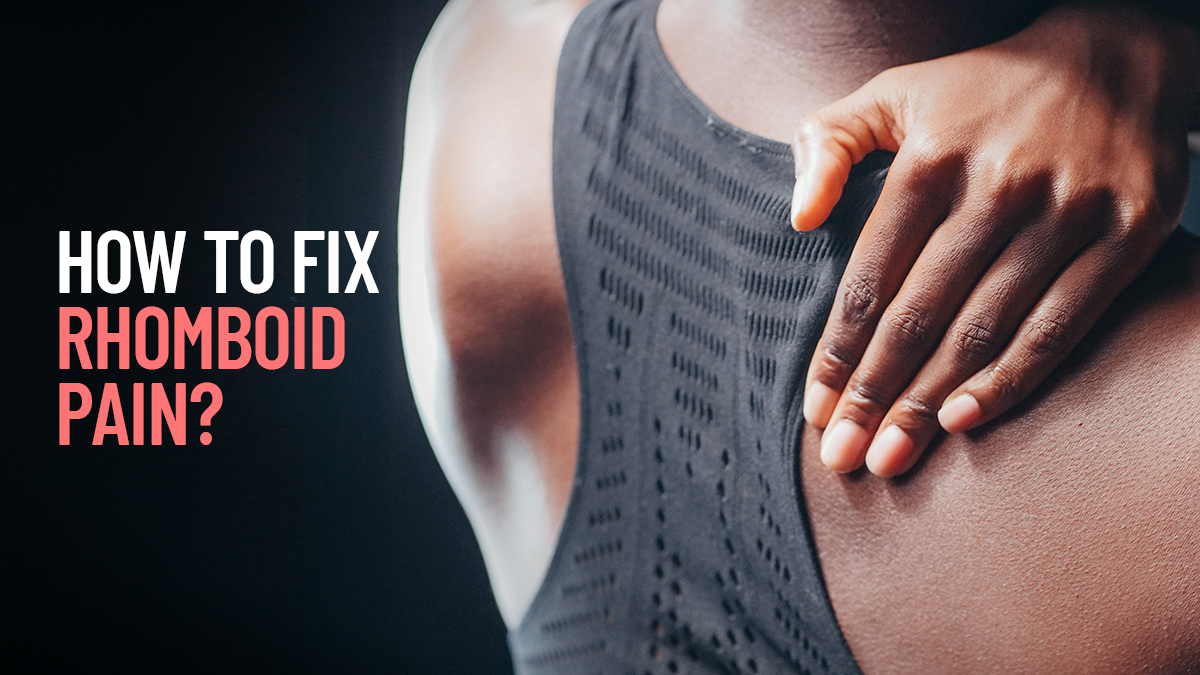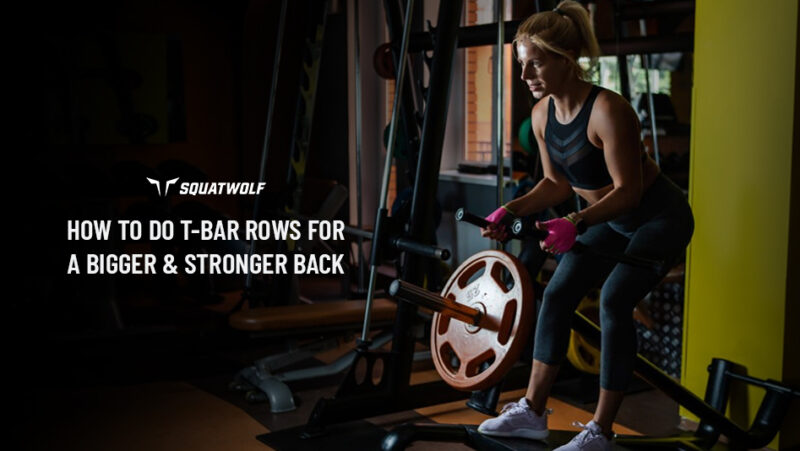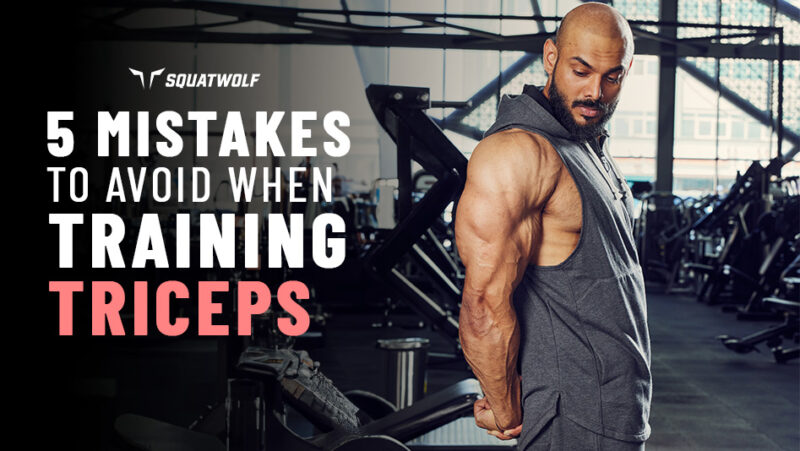Rhomboid pain refers to discomfort or aching sensations that arise in the area between the upper back and shoulder blades, where the rhomboid muscles are located. The rhomboid muscles play a crucial role in shoulder and scapular movement, providing support and stability to the upper back region.
Rhomboid pain can be caused by a variety of factors, including poor posture, overuse, muscle strain, or injury. It is a common complaint among people who spend long hours sitting or hunching over a desk, as this can cause tension and strain in the rhomboid muscles. Athletes who engage in repetitive overhead movements, such as swimming, tennis, or baseball players, may also experience rhomboid pain due to muscle strain or overuse.
Symptoms Of Rhomboid Pain
Symptoms of rhomboid pain may include stiffness, soreness, or a dull ache in the upper back or between the shoulder blades. In some cases, the pain may radiate to other areas of the body, such as the neck or arms. Treatment for rhomboid pain typically involves rest, stretching exercises, and pain relief measures such as hot or cold therapy or over-the-counter pain medications. If the pain persists or is severe, it is important to seek medical attention to rule out any underlying medical conditions or injuries.
What Causes Rhomboid Pain?
Rhomboid pain can be caused by a variety of factors that lead to tension, strain, or injury to the rhomboid muscles. These muscles are located in the upper back, between the shoulder blades, and play a crucial role in shoulder and scapular movement. Here are some of the common causes of rhomboid pain:
Poor Posture
Poor posture, such as slouching or hunching over a desk or computer, can cause tension and strain in the rhomboid muscles. This is because the muscles are constantly engaged to maintain the posture, leading to overuse and fatigue. Over time, this can result in pain and discomfort in the upper back and shoulder blades.
Overuse
Repetitive overhead movements, such as those performed by athletes in sports like tennis, baseball, or swimming, can also lead to rhomboid pain. The constant strain on the muscles can cause micro-tears and inflammation, resulting in pain and discomfort.
Muscle Strain
Muscle strain, or the stretching or tearing of muscle fibers, can also cause rhomboid pain. This can occur due to sudden or excessive movement, such as lifting a heavy object or performing a sudden twist or turn.
Injury
Trauma or injury to the upper back, such as a fall or a blow to the area, can also cause rhomboid pain. In some cases, this may lead to muscle spasms, which can be painful and restrict movement.
Medical Conditions
In some cases, rhomboid pain may be a symptom of an underlying medical condition such as scoliosis, fibromyalgia, or arthritis. These conditions can cause inflammation and pain in the muscles and joints of the upper back, leading to rhomboid pain.
How Do You Relieve Rhomboid Pain?
There are several exercises that can help relieve rhomboid pain by stretching and strengthening the rhomboid muscles. Here are some exercises that may be helpful:
Wall Angels
Stand with your back against a wall and raise your arms so that they are at shoulder height and your elbows are bent at 90 degrees. Slowly slide your arms up the wall, maintaining the 90-degree angle in your elbows, until your arms are fully extended. Then, slowly lower your arms back down to the starting position. Repeat for several repetitions.
Shoulder Blade Squeeze
Sit or stand with your arms at your sides. Slowly squeeze your shoulder blades together, as if you are trying to pinch a pencil between them. Hold for a few seconds, then release. Repeat for several repetitions.
Rhomboid Push-Ups
Begin in a plank position with your arms straight and your hands slightly wider than shoulder-width apart. Lower yourself down towards the ground, while keeping your elbows close to your sides. As you push yourself back up, focus on squeezing your shoulder blades together. Repeat for several repetitions.
Standing Chest Stretch
Stand with your feet shoulder-width apart and your arms behind your back. Clasp your hands together and slowly lift your arms towards the ceiling, keeping your shoulders relaxed. Hold for a few seconds, then release. Repeat for several repetitions.
Cat-Cow Stretch
Begin on your hands and knees with your back straight. Inhale and arch your back, dropping your belly towards the floor and lifting your head and tailbone towards the ceiling. Exhale and round your spine, tucking your chin to your chest and bringing your tailbone towards your knees. Repeat for several repetitions.
It is important to note that if you experience any pain or discomfort while performing these exercises, you should stop immediately and consult with a healthcare professional.
How Do You Release A Rhomboid Knot?
A rhomboid knot is a tight, tense area in the rhomboid muscles located in the upper back, between the shoulder blades. These knots can cause discomfort, pain, and restricted range of motion. Here are some ways to release a rhomboid knot:
Here are some ways to release a rhomboid knot:
Self-Massage
Use your fingers, a tennis ball, or a foam roller to apply pressure to the knot.
Stretching
Perform stretches that target the rhomboid muscles.
Heat Therapy
Apply a heat pack or warm towel to the affected area.
Posture Correction
Sit or stand up straight and avoid hunching over or slouching.
Rest and Recovery
Take a break from activities that may have contributed to the knot, get enough sleep, and stay hydrated.
If your rhomboid knot is persistent or causing significant discomfort, it is important to consult with a healthcare professional, such as a physical therapist or chiropractor, for further evaluation and treatment.
Key Takeaway
In conclusion, rhomboid pain can be a frustrating and uncomfortable experience that can affect daily activities. However, with the right treatment, it is possible to alleviate symptoms and prevent future occurrences. By practicing good posture, staying hydrated, and performing exercises and stretches that target the rhomboid muscles, individuals can improve their overall back health and reduce the likelihood of developing rhomboid pain.
In cases where the pain persists or becomes severe, it is important to consult with a healthcare professional to determine the underlying cause and appropriate treatment. With proper care and attention, individuals can successfully manage rhomboid pain and maintain optimal back health.
Continue Reading









